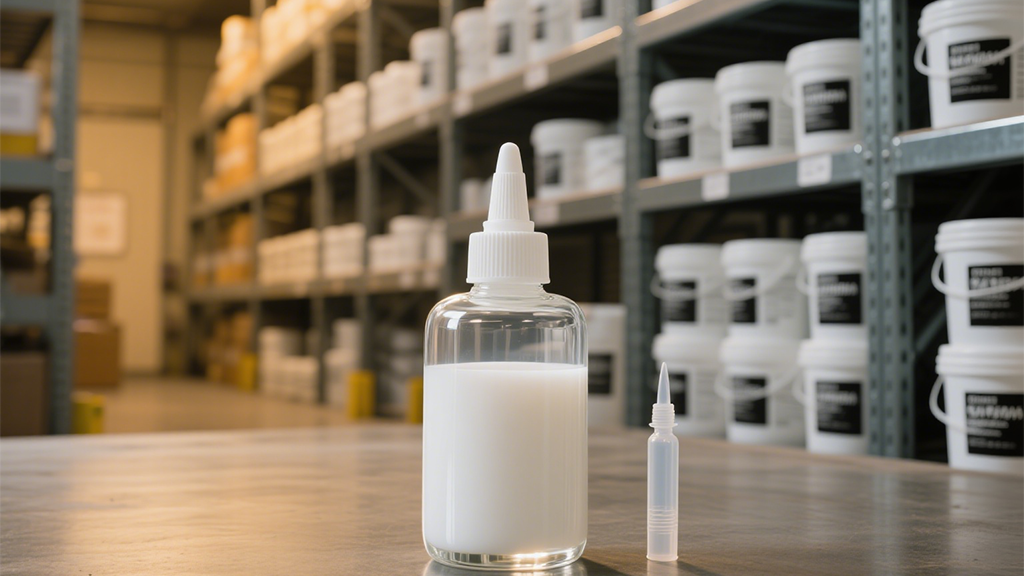Цена водной акриловой клеевой основы, чувствительной к давлению, определяется сочетанием факторов, включая стоимость сырья, производственные расходы, сложность формулы и рыночный спрос, с колебаниями в зависимости от качества продукта и объема заказа. Сырье является ключевым фактором: акриловые мономеры (например, акрилат 2-этилгексила, метилакрилат) составляют 40–60% производственных затрат, при этом цены зависят от нефтяных рынков (так как большинство мономеров производятся из пропилена) и соотношения спроса и предложения — дефицит или рост цен на пропилен могут увеличить стоимость мономеров, повысив цену клея. Тиксотропные добавки, сшивающие агенты и прочие добавки (биоциды, поверхностно-активные вещества) составляют 10–20% затрат, при этом специализированные добавки (например, биоциды медицинского класса, стабилизаторы УФ-излучения) увеличивают цену высокопроизводительных составов. Производственные расходы, включая энергию (для нагрева реакторов), рабочую силу и контроль качества, увеличивают базовую стоимость, при этом более крупные производители достигают более низкой себестоимости единицы продукции за счет экономии на масштабе. Сложность формулы влияет на ценообразование: индивидуальные составы с определенными свойствами (например, биосовместимые медицинские марки, промышленные марки, устойчивые к высоким температурам) стоят дороже стандартных за счет исследований, тестирования и использования специального сырья. Колебания рыночного спроса, такие как увеличение потребности в упаковке в периоды пиковых продаж, могут вызвать краткосрочный рост цен, тогда как конкуренция между производителями может снизить цены на стандартные марки. Объем заказа влияет на ценообразование: крупные партии (тонны) обычно получают скидки по сравнению с небольшими объемами (барабаны). Региональные различия существуют из-за транспортных расходов, пошлин и местных нормативов, при этом цены обычно выше в регионах с более строгими экологическими стандартами, требующими низкого содержания ЛОС. В целом цены варьируются от средних для стандартных составов до высоких для специализированных, отражая баланс между затратами, эксплуатационными характеристиками и рыночными факторами.
